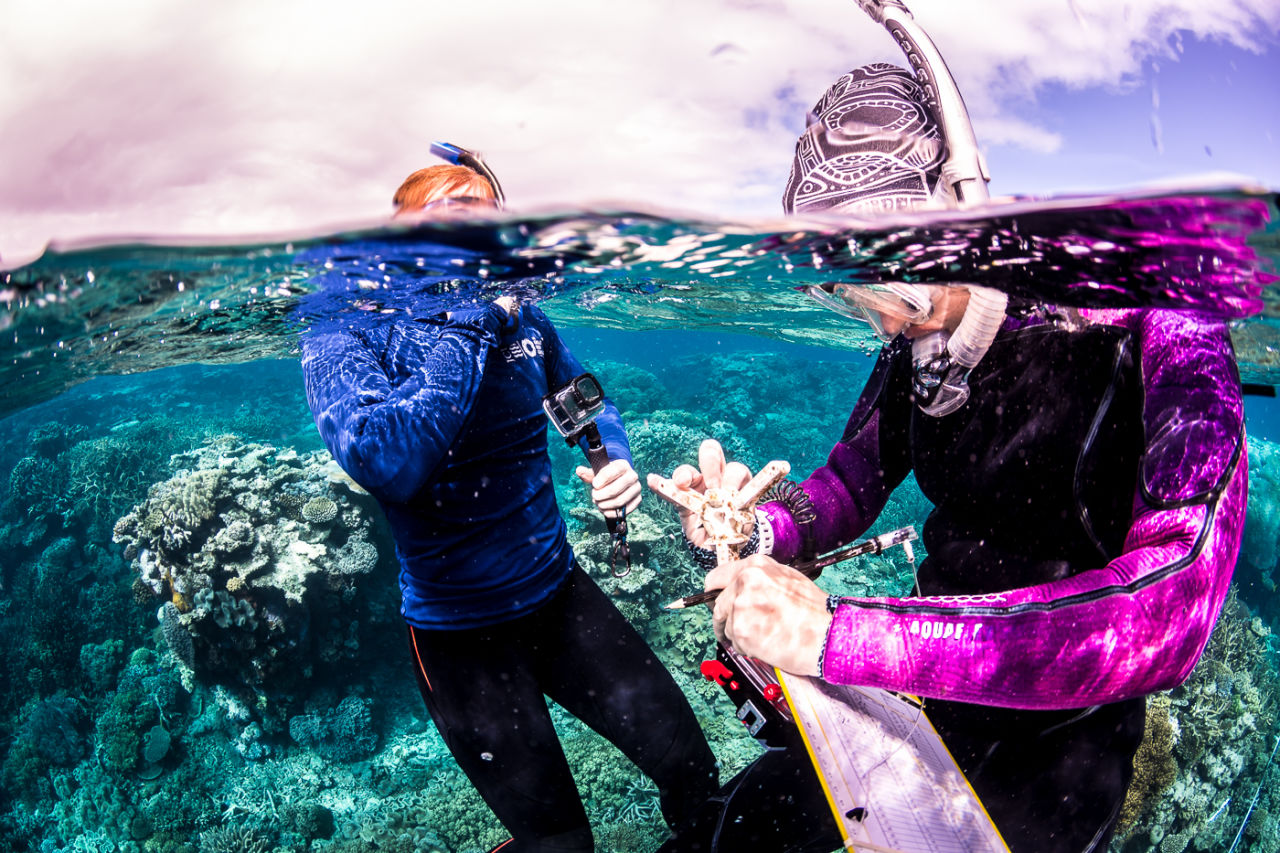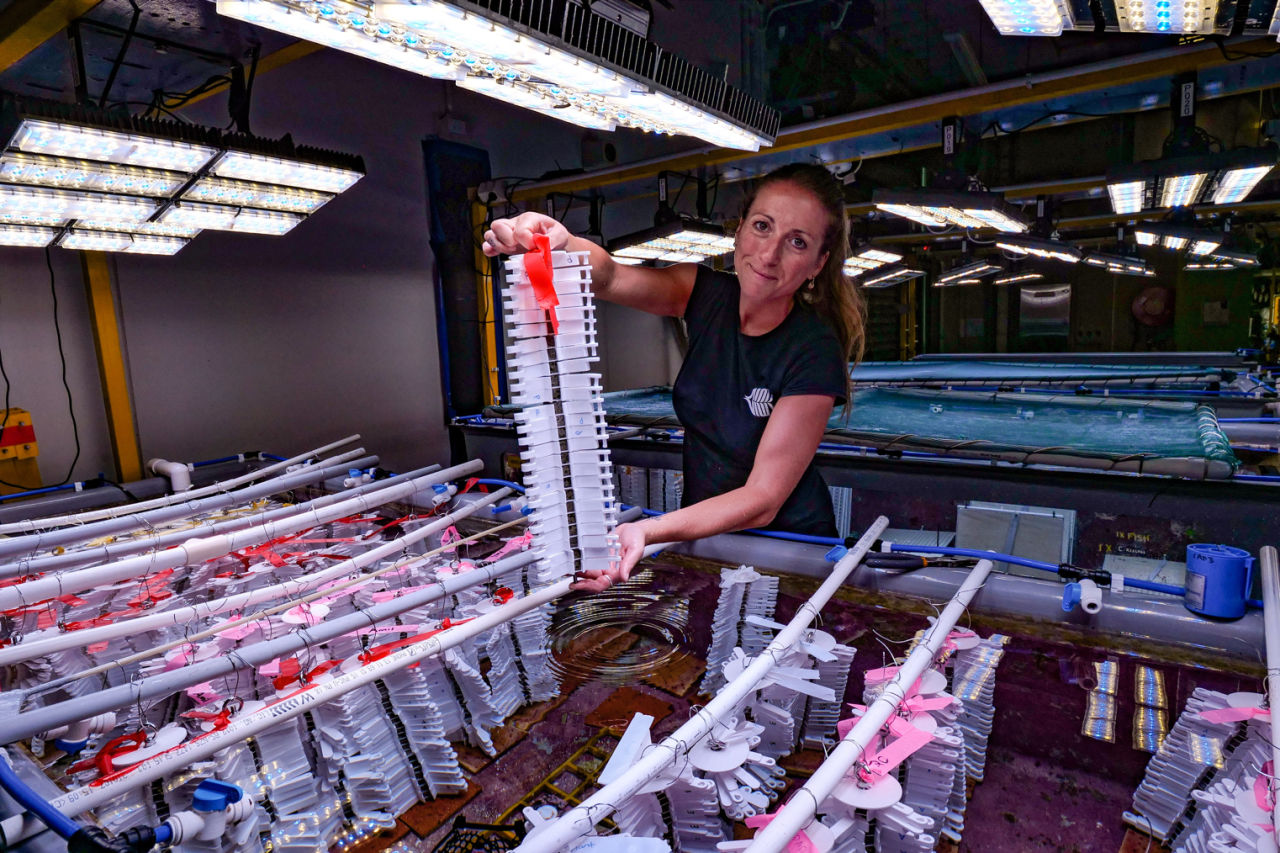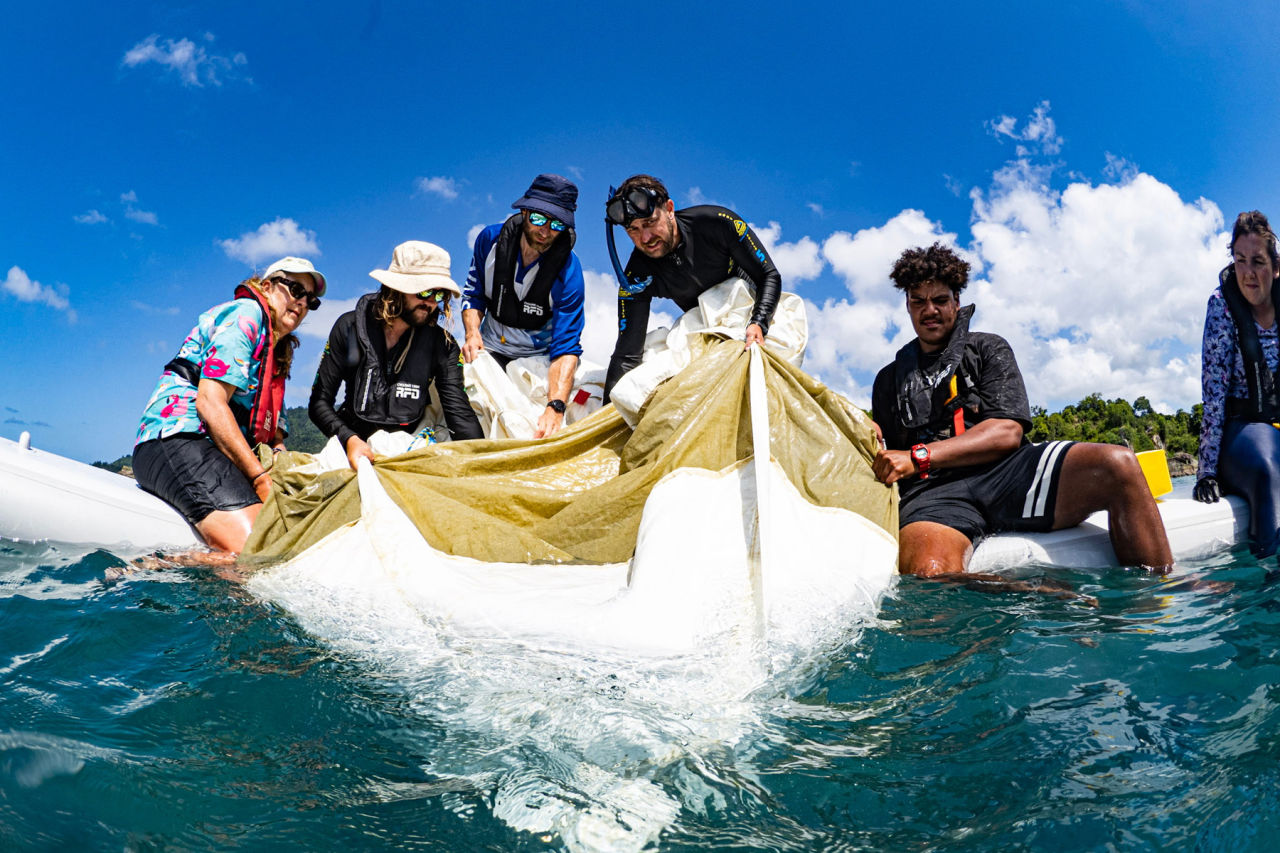"We have a plan. A lifeline for coral reefs."
That's the message Theresa Fyffe, Great Barrier Reef Foundation Executive Director of Impact, shared on the TED2025 stage in Vancouver this year.
Here are the three critical breakthroughs towards restoring the coral reefs we've lost, and protecting those that remain.
1. Coral reefs are in critical danger — but scalable solutions are here
Half the world's coral reefs have already been lost, and up to 90% are projected to disappear by 2050 without urgent intervention. But there is hope. Over the past five years, the world's largest team of reef scientists and engineers has made more progress than in the previous 50, developing faster, smarter, and more cost-effective ways to restore reefs. These new methods have been trialled and are now proven and ready to be deployed across Australia and the Pacific, offering a lifeline to coral reefs while the global community works to address climate change.

Extensive research and development on the Great Barrier Reef has delivered a toolkit of restoration solutions. Image credit: Matt Curnock, CSIRO.
2. Technology is transforming coral restoration
Traditional coral restoration methods are too slow and expensive to meet the scale of the crisis. New technologies now allow for the planting of more than one million heat-tolerant corals each year — 10 times more than current global efforts. Innovations include semi-automated aquaculture systems called "auto-spawners" that generate millions of coral babies without manual labour, and specially designed ceramic cradles that protect young corals and can be deployed from the ocean's surface. Techniques like Coral IVF improve natural reproduction rates, while new methods to enhance heat tolerance help corals survive rising ocean temperatures. By focusing restoration on 'vital reefs' that are highly connected by ocean currents, scientists aim to create a ripple effect, restoring 50% of the ecosystem by actively targeting just 3% of reefs.

Coral cradles protect babies in the crucial first year of life. Image credit: Marie Roman, AIMS.
3. Frontline communities are being empowered to lead
Restoration success depends on those who know the reefs best. In Australia, the Great Barrier Reef Foundation is working with Traditional Owners and tourism operators. In the Pacific, we're partnering with local communities and Indigenous groups. We're deploying portable coral micro-nurseries so these communities can grow more corals than all current efforts combined. By 2031, 500 people will be trained to plant 1.2 million heat-tolerant corals per year, turning restoration into a sustainable, locally-driven movement to protect coral reefs for future generations.







